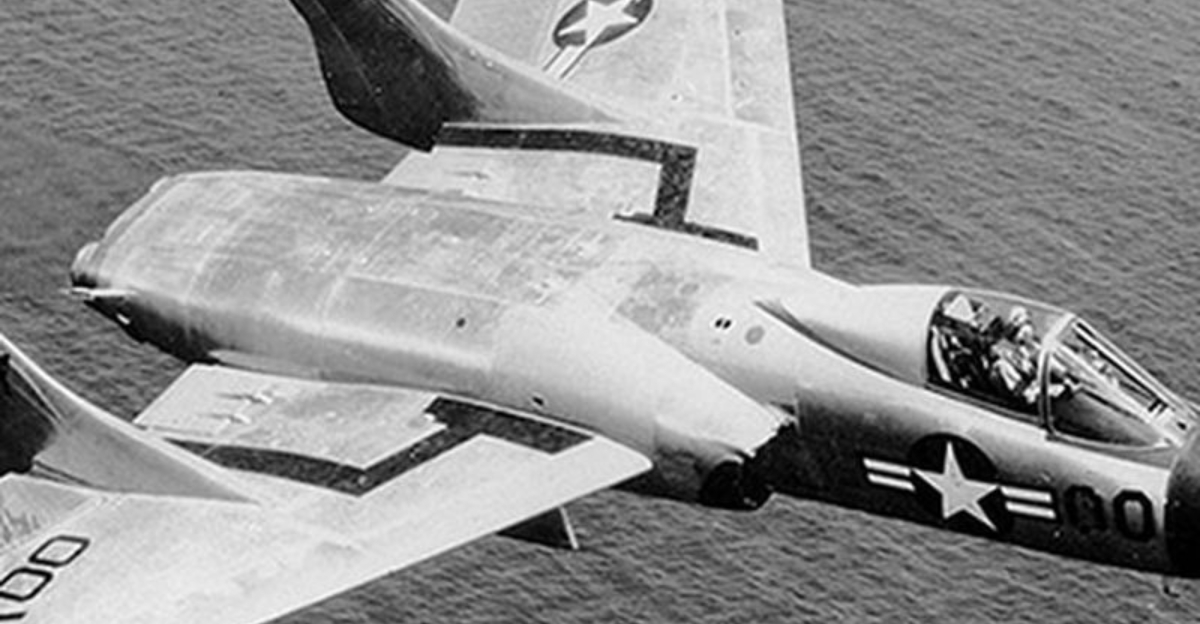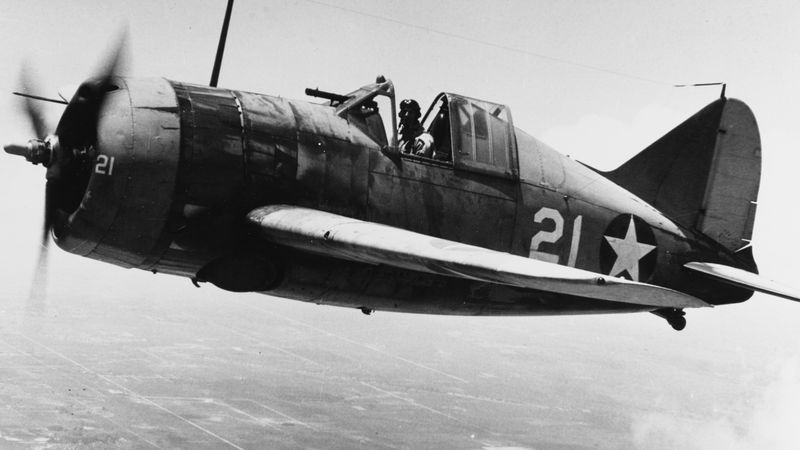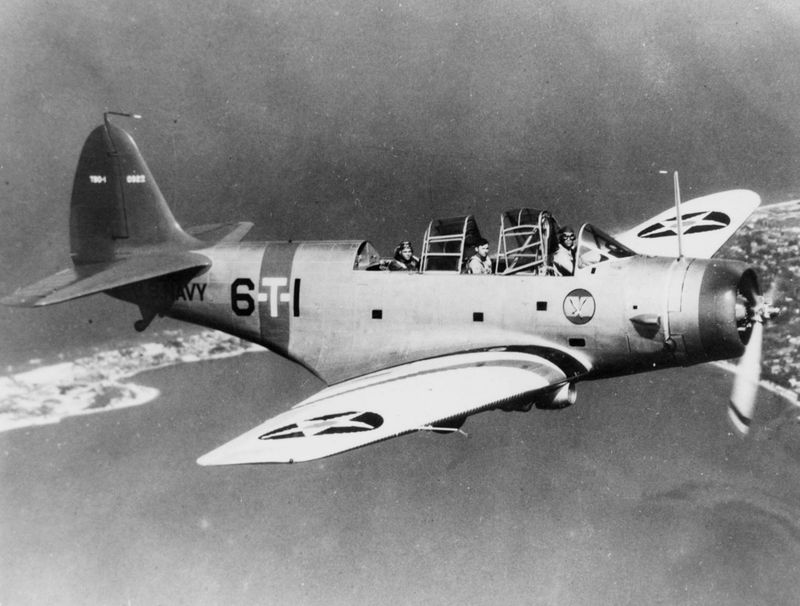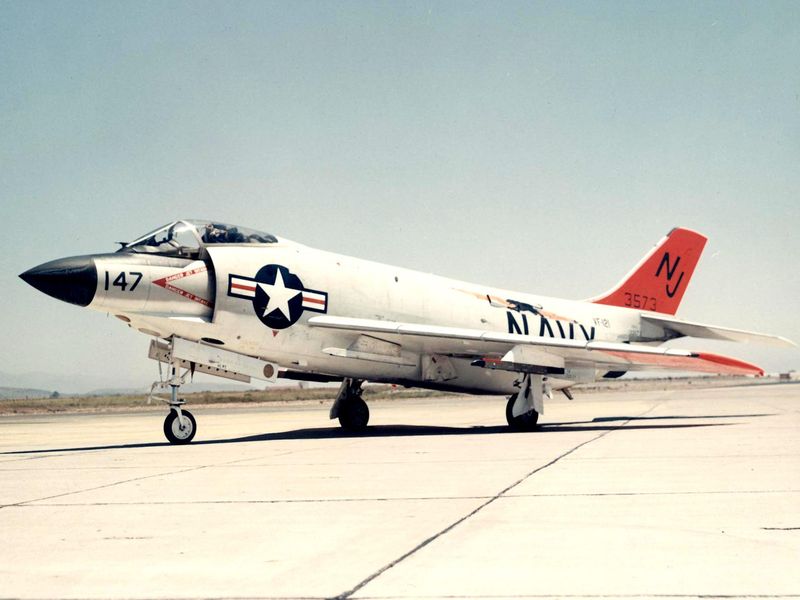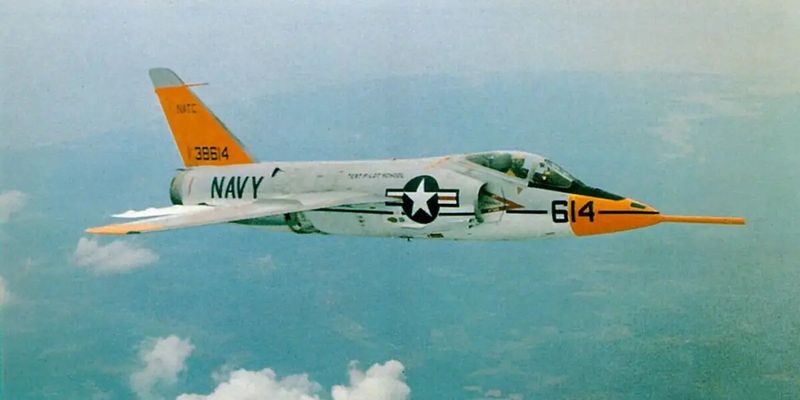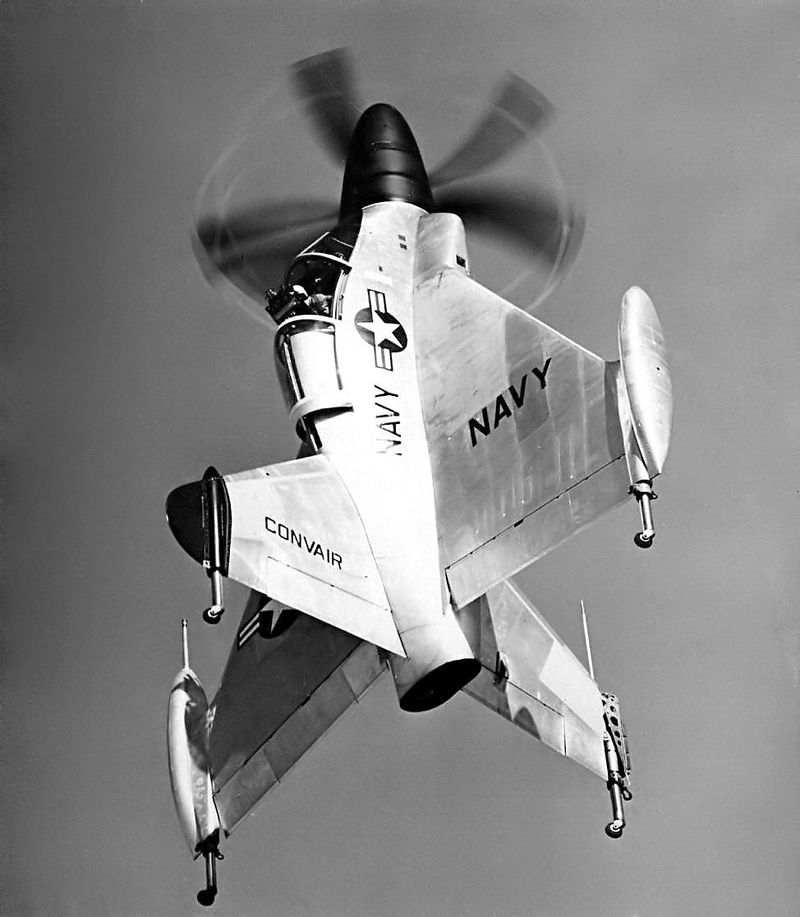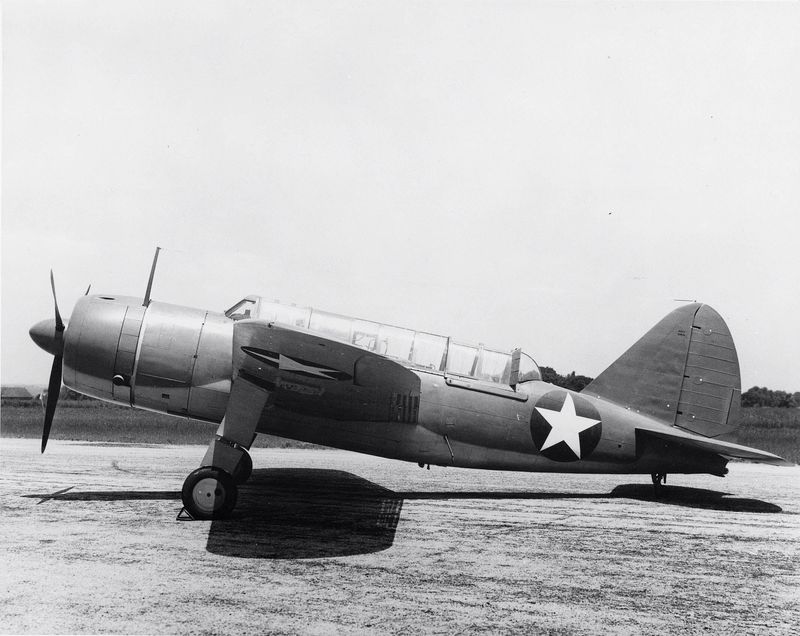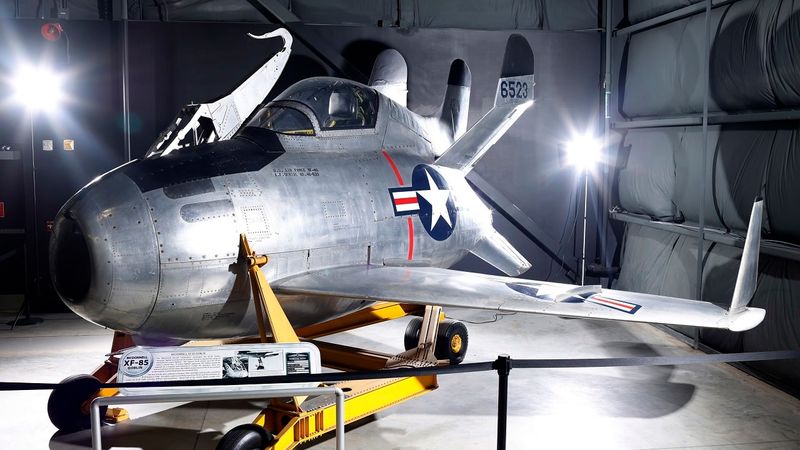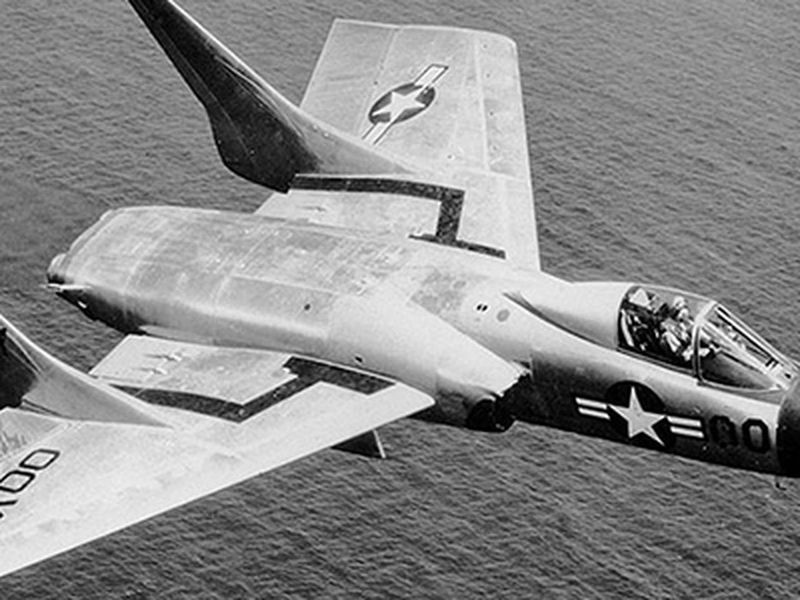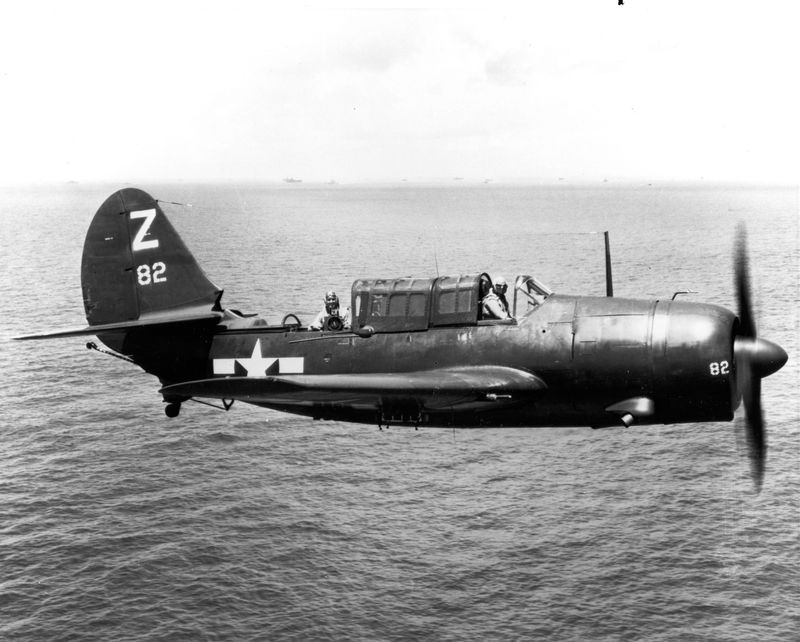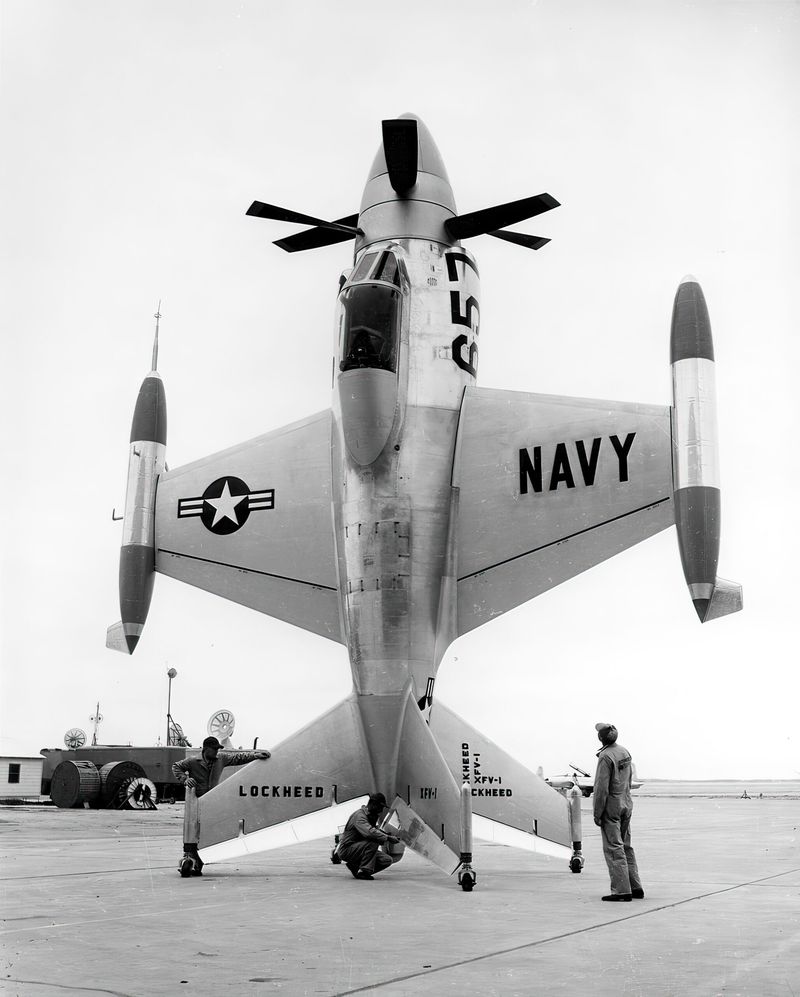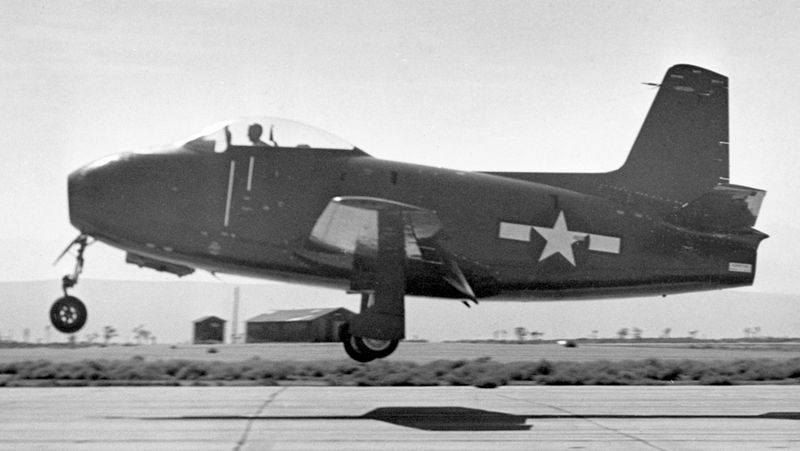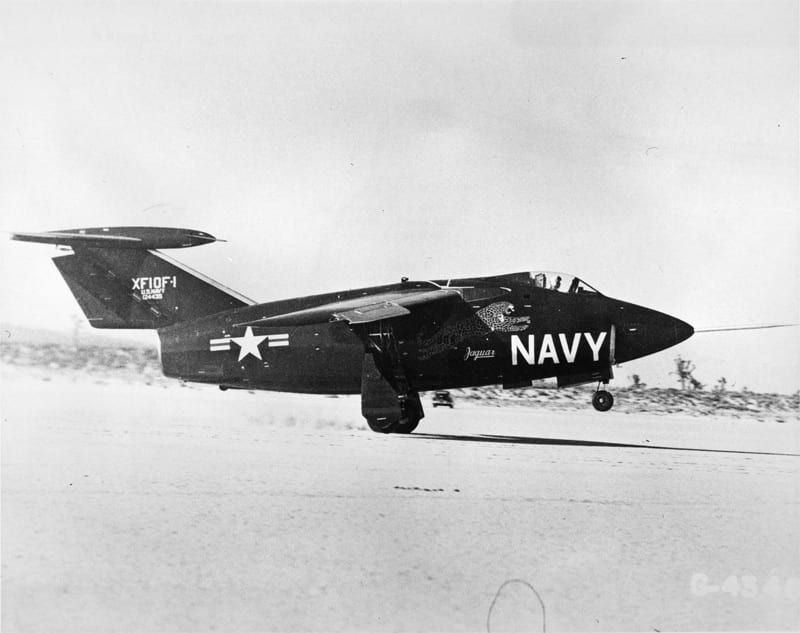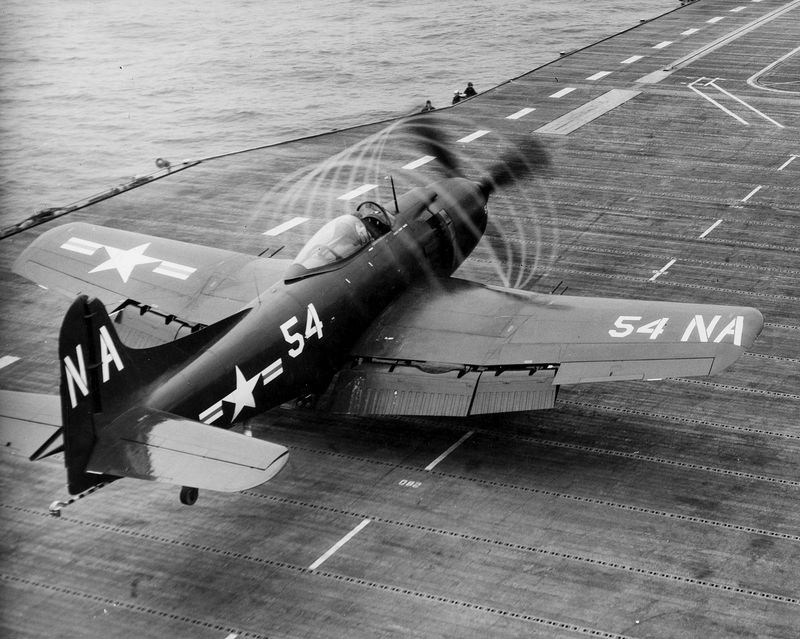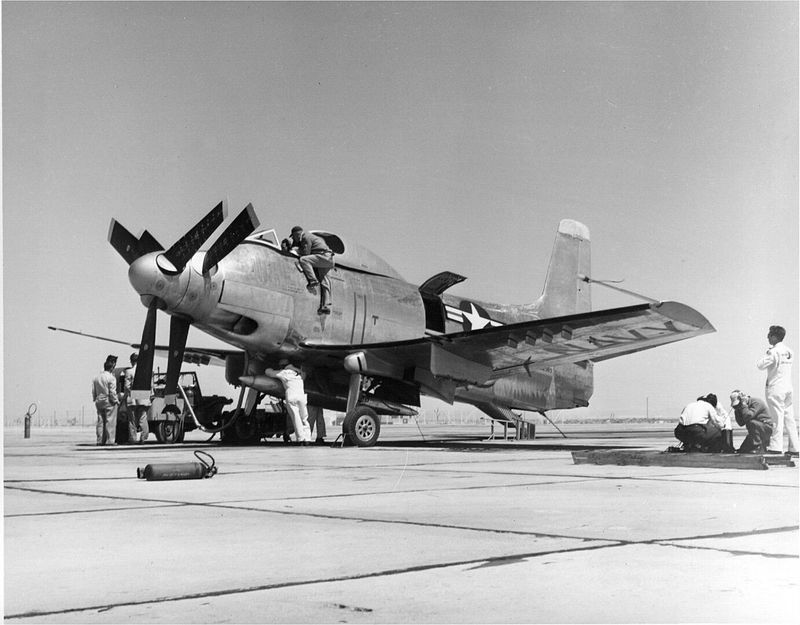The history of aviation is filled with tales of triumph and innovation, yet not every aircraft that took to the skies was a success. The US Navy, in its quest for aerial superiority, has seen its fair share of flying disasters. Here, we explore 15 aircraft that were so problematic they became infamous within Navy folklore.
1. Brewster F2A Buffalo
Nicknamed the ‘Flying Coffin,’ the Brewster F2A Buffalo had an unenviable reputation during World War II. Its sluggish performance and poor maneuverability made it a liability in the fast-paced dogfights of the Pacific theater. Pilots often complained about its underpowered engine, which left them vulnerable to more agile enemy fighters.
Despite its shortcomings, the Buffalo was the first monoplane fighter of the US Navy. However, its initial promise quickly dissipated as technological advancements rendered it obsolete. By the time the war intensified, the Buffalo was outclassed, leading to a dismal combat record.
2. Douglas TBD Devastator
Despite its menacing name, the Douglas TBD Devastator was anything but devastating by the time the United States entered World War II. This torpedo bomber, originally a breakthrough design, quickly became obsolete due to its slow speed and vulnerability.
Its inability to carry a meaningful payload further exacerbated its operational issues. The Devastator’s shortcomings became glaringly apparent during the Battle of Midway, where it suffered catastrophic losses. Despite brave efforts by its crews, the aircraft’s legacy remains one of disappointment, marking it as a significant example of wartime obsolescence.
3. McDonnell F3H Demon
Known unflatteringly as ‘The Lead Sled,’ the McDonnell F3H Demon was plagued by persistent engine issues and underwhelming performance. In an era marked by rapid advancements in jet technology, the Demon struggled to keep pace.
Its lackluster thrust and frequent mechanical failures made it a headache for both pilots and maintenance crews. However, despite its faults, the Demon played a crucial transitional role, leading to the development of more successful fighter jets. Its legacy is a testament to the growing pains of early jet-powered naval aviation.
4. Grumman F11F Tiger
The Grumman F11F Tiger was a visually stunning aircraft that promised speed but delivered limited range and reliability. Its most infamous moment came during a test flight when it accidentally shot itself down due to its own speed.
While its sleek design appealed to pilots, the Tiger’s operational limitations soon became apparent. It struggled to compete with more advanced aircraft and spent much of its career in training roles. Despite its setbacks, the Tiger is remembered fondly for its elegance and serves as a lesson in balancing design with practical performance.
5. Convair XFY-1 Pogo
The Convair XFY-1 Pogo was an ambitious attempt at vertical takeoff and landing, promising revolutionary capabilities for naval operations. However, its execution left much to be desired, as the Pogo proved nearly impossible to control, especially during landing.
Pilots faced significant challenges managing the transition between vertical and horizontal flight, leading to its eventual cancellation. Although the Pogo never entered active service, its legacy lives on as an intriguing, albeit unsuccessful, experiment in aviation history.
6. Brewster SB2A Buccaneer
The Brewster SB2A Buccaneer was so poorly constructed that the Navy preferred not to deploy it in combat. Intended as a dive bomber for World War II, it fell short of expectations, proving to be underpowered and unreliable.
Instead of facing enemy fire, the Buccaneer was relegated to training roles, a testament to its inadequacies. Its uninspiring performance and lack of combat presence led to it being scrapped shortly after production, leaving behind a legacy of unfulfilled potential.
7. McDonnell XF-85 Goblin
The McDonnell XF-85 Goblin was a peculiar ‘parasite’ jet designed to be launched from bombers in mid-air. Its unique concept was overshadowed by its impracticality, as the Goblin proved to be wildly unstable and difficult to control.
Intended to provide defensive capabilities for bombers, its shortcomings were evident from the start. The challenges of docking and operating such a small aircraft in turbulent conditions ultimately doomed the project, leaving the Goblin as an intriguing yet flawed footnote in aviation history.
8. Vought F7U Cutlass
The Vought F7U Cutlass was a striking aircraft with its radical tailless design, evoking visions of futuristic flight. Unfortunately, its innovative appearance belied its unstable performance.
Plagued by underpowered engines and structural weaknesses, the Cutlass was a nightmare to fly, resulting in numerous accidents. Over a quarter of all Cutlasses were lost, earning it a grim reputation among naval aviators. Despite its shortcomings, the Cutlass remains a symbol of the risks inherent in pushing the boundaries of aircraft design.
9. Curtiss SB2C Helldiver
Dubbed the ‘Son of a Bitch 2nd Class,’ the Curtiss SB2C Helldiver had a reputation marred by handling issues and structural problems. Despite being designed to replace the SBD Dauntless, it was beset by complaints from pilots who struggled with its cumbersome controls.
Production delays and technical flaws further tarnished its image. Though it eventually saw widespread use, its service was marked by frustration, leaving a complicated legacy that contrasted with its intended role as a premier dive bomber.
10. Lockheed XFV “Salmon”
Nicknamed ‘The Pogo’s twin,’ the Lockheed XFV ‘Salmon’ was another attempt at vertical takeoff and landing that never fully realized its potential. Its peculiar design and technical challenges prevented it from successfully transitioning between vertical and horizontal flight.
Hindered by its unwieldy structure, the Salmon was confined to a series of test flights before the project was shelved. While it never saw active service, the Salmon remains a reminder of the experimental zeal of 1950s aviation.
11. North American FJ-1 Fury
The North American FJ-1 Fury holds the distinction of being the US Navy’s first jet fighter, yet it was quickly overshadowed by more advanced designs. Featuring a slow top speed and poor climb performance, the Fury struggled to meet the demands of jet-age combat.
Its short service life was marked by a steep learning curve for pilots transitioning to jet propulsion. Although it didn’t achieve lasting success, the Fury paved the way for future developments in naval aviation, embodying both the promise and limitations of early jet technology.
12. Grumman XF10F Jaguar
The Grumman XF10F Jaguar was an ambitious swing-wing prototype that never advanced beyond testing. Plagued by technical failures and an unstable tail design, it struggled to demonstrate its potential in a rapidly evolving aviation landscape.
While its innovative design promised adaptability and improved performance, the Jaguar’s deficiencies overshadowed its potential. The project was ultimately scrapped, but its legacy lives on as a precursor to more successful variable-geometry aircraft.
13. Martin AM Mauler
The Martin AM Mauler was designed to replace the Grumman Avenger, yet it quickly became known for its unwieldy size and clumsy handling. Nicknamed ‘the beast,’ it was too cumbersome for efficient carrier operations, often making it a liability.
Despite its heavy payload capacity, the Mauler’s operational drawbacks limited its effectiveness. Its brief service life was overshadowed by more agile aircraft, leaving behind a legacy of excess and inefficiency.
14. Ryan FR Fireball
The Ryan FR Fireball was an early attempt at combining jet and piston power, aiming to offer the best of both worlds. Unfortunately, the hybrid design led to numerous complications, and the Fireball never fully lived up to its promise.
Operational challenges and safety concerns curtailed its deployment, resulting in a short-lived service record. Although it briefly saw combat, the Fireball’s legacy remains as a cautionary tale of over-ambitious engineering in the early jet age.
15. Douglas A2D Skyshark
The Douglas A2D Skyshark was a turboprop attack aircraft plagued by chronic engine issues and delays. Despite its modern appearance, the Skyshark suffered from dangerous vibration problems that hindered its development.
Only 12 units were ever built, as these persistent issues overshadowed its potential capabilities. The Skyshark’s troubled history serves as a reminder of the challenges faced in transitioning to new propulsion technologies.
